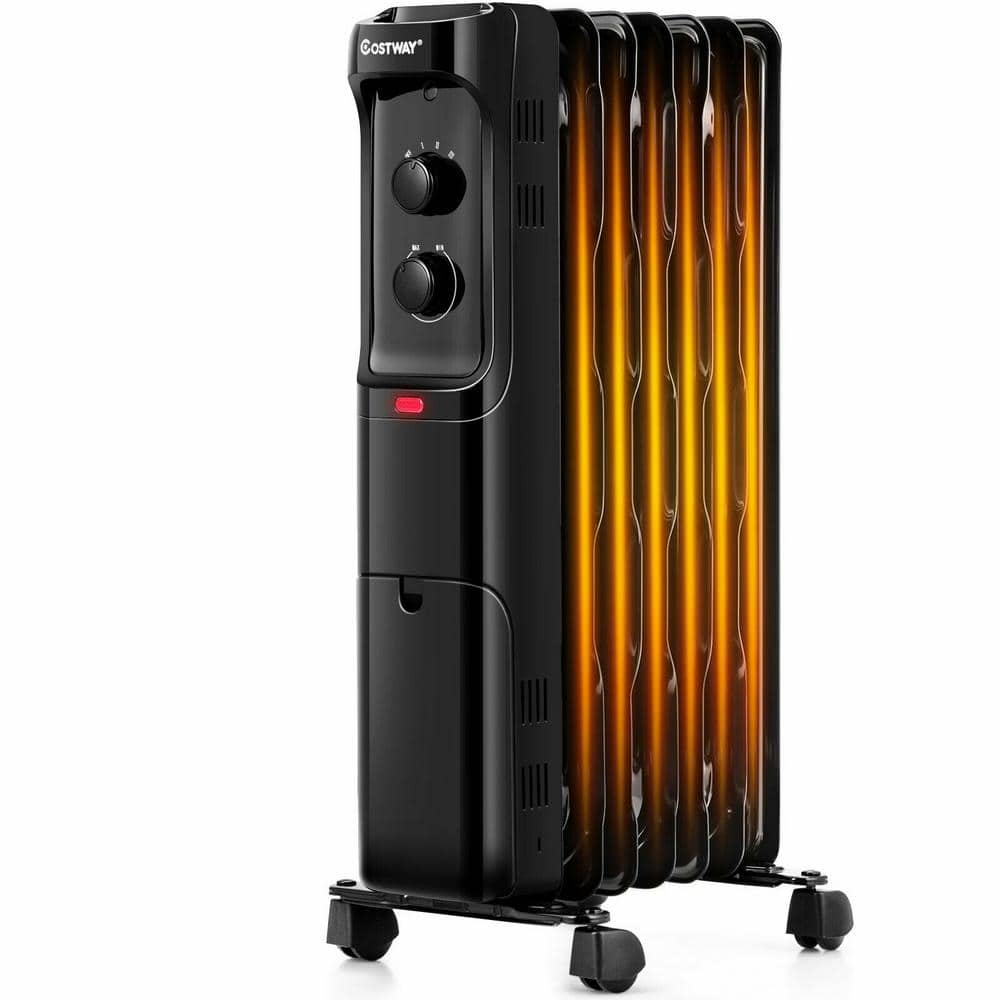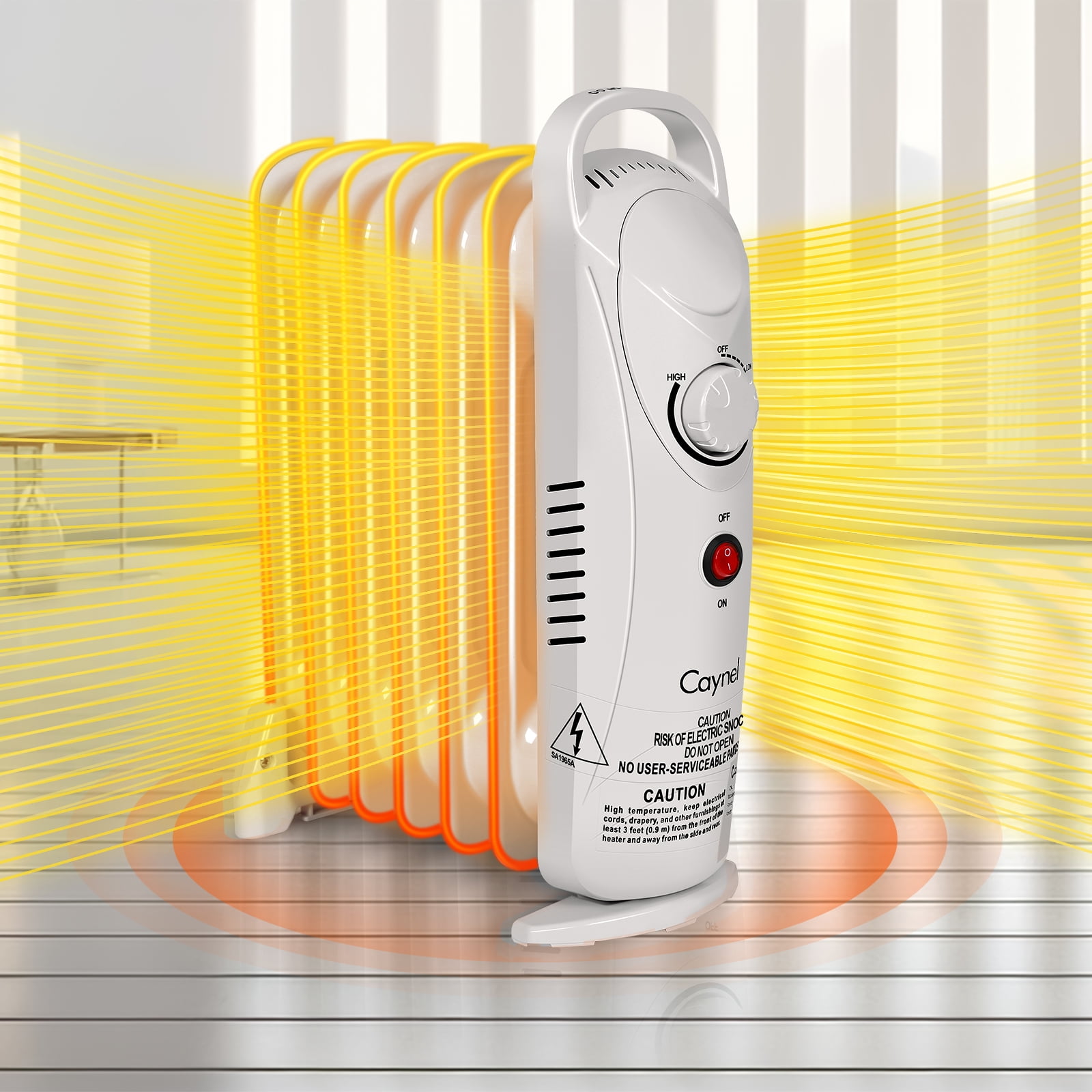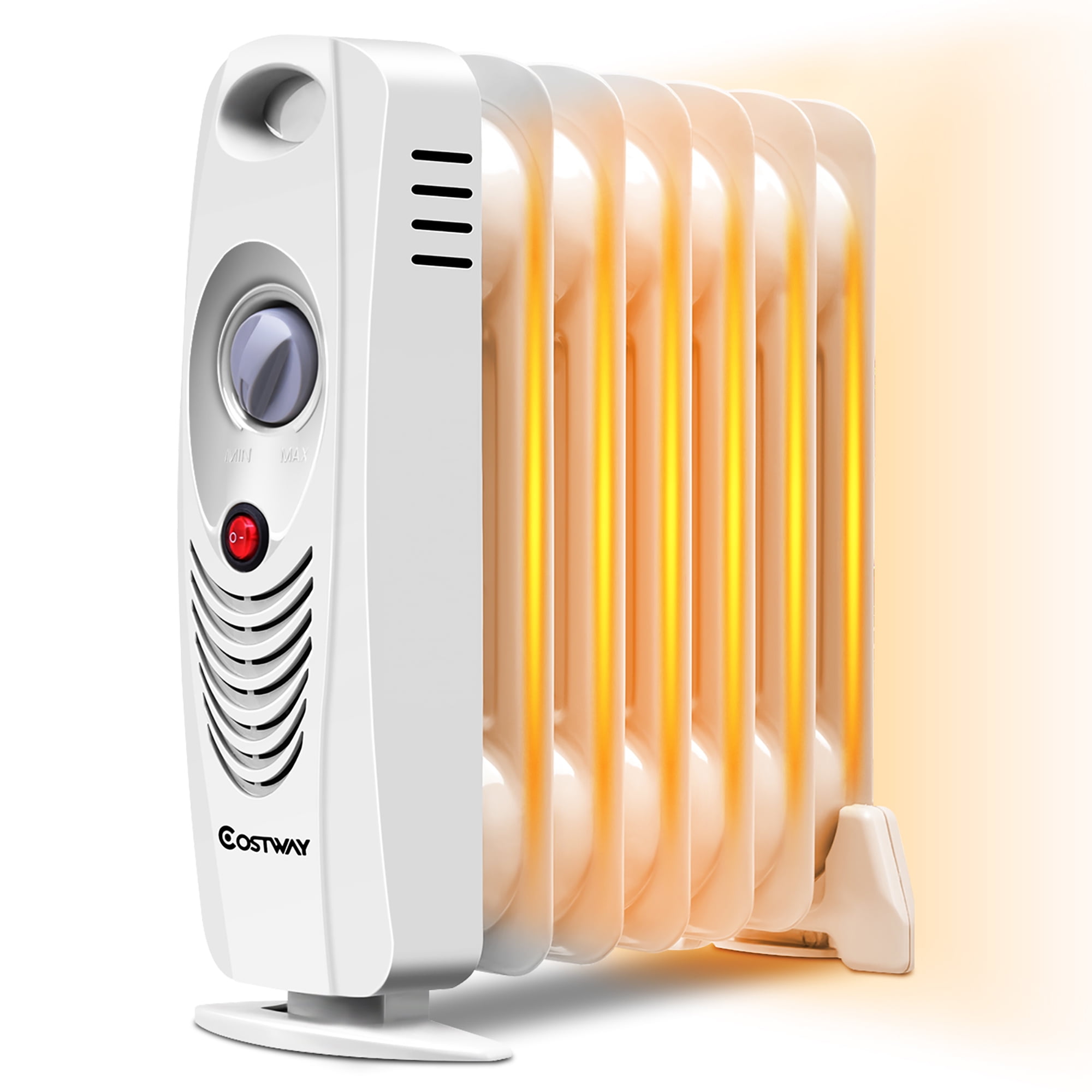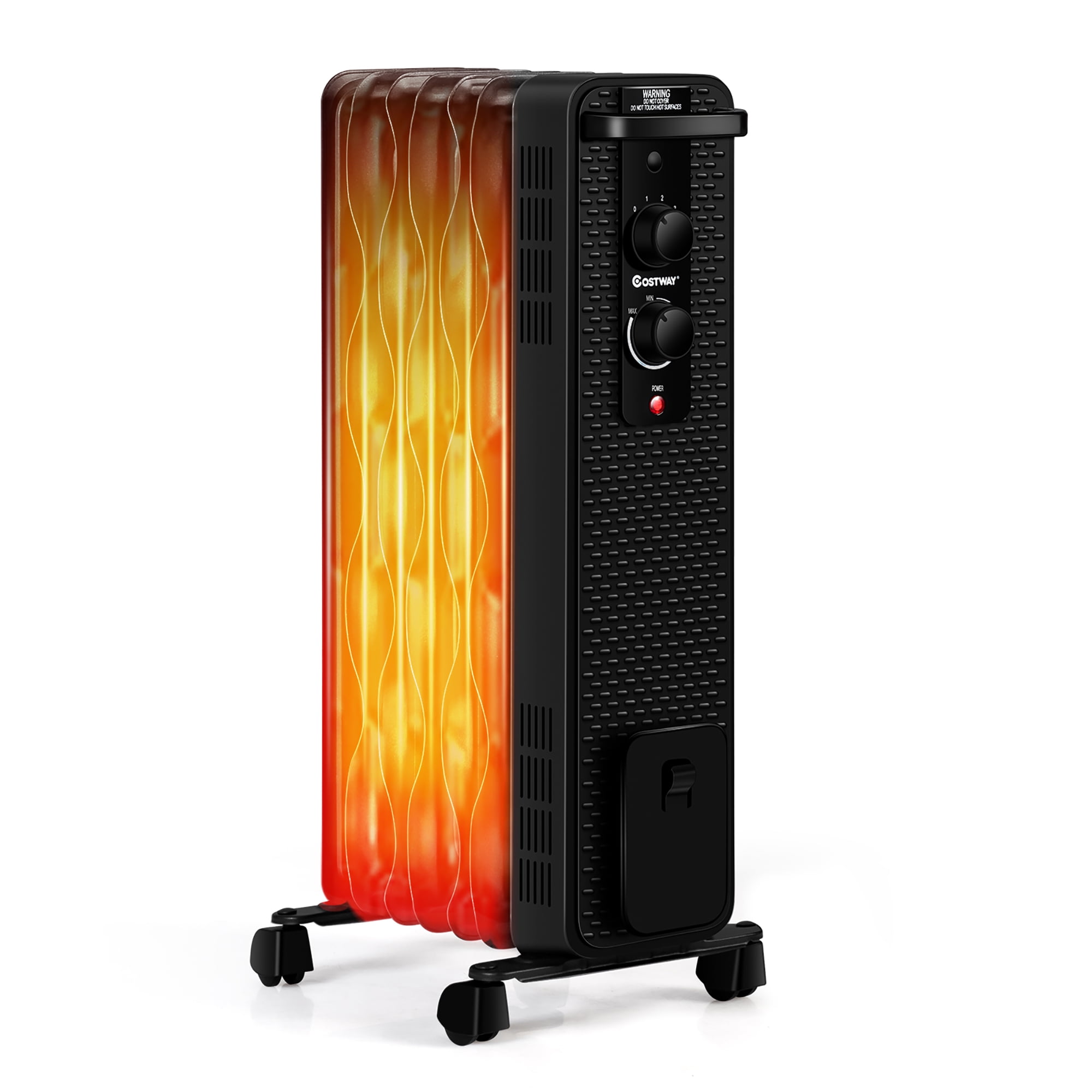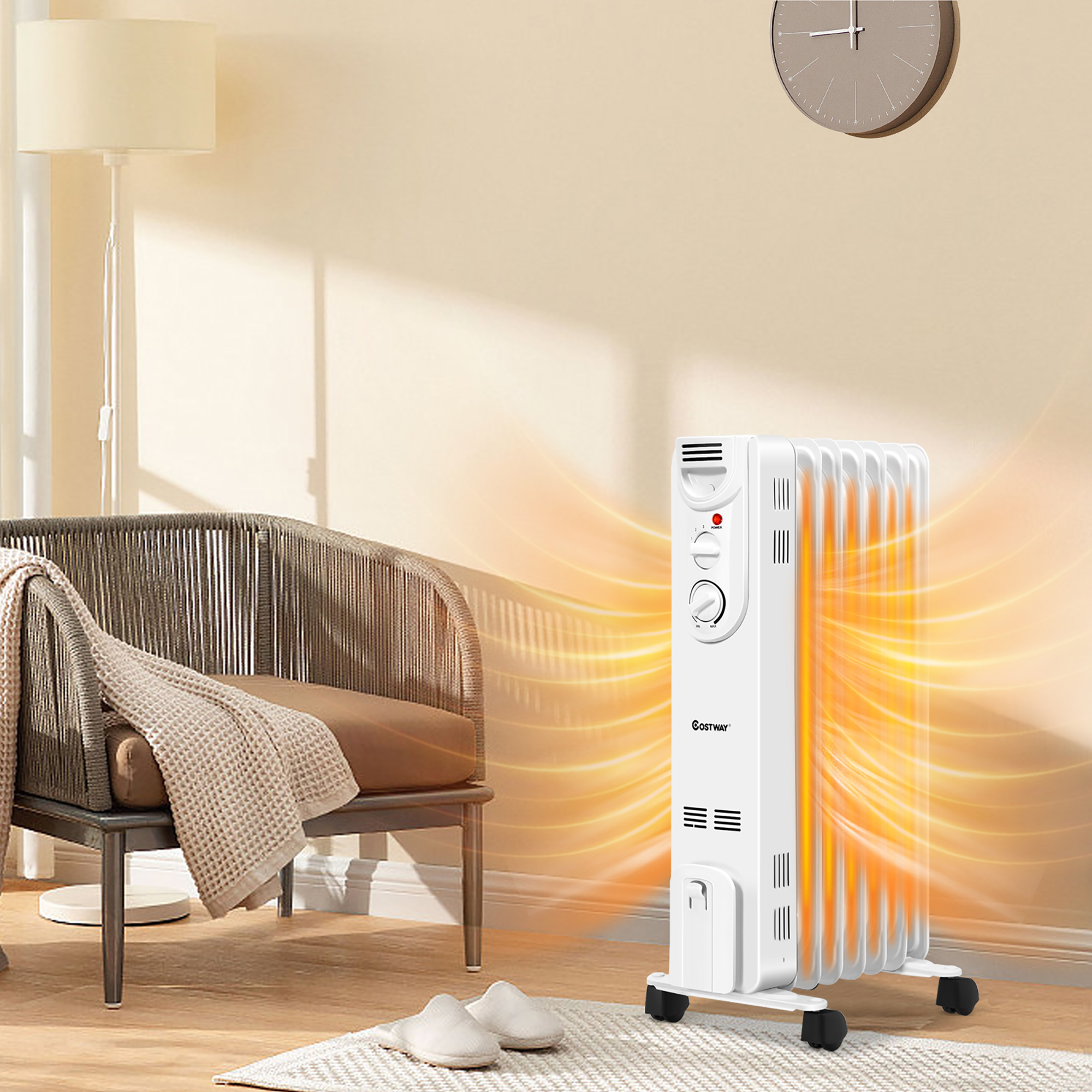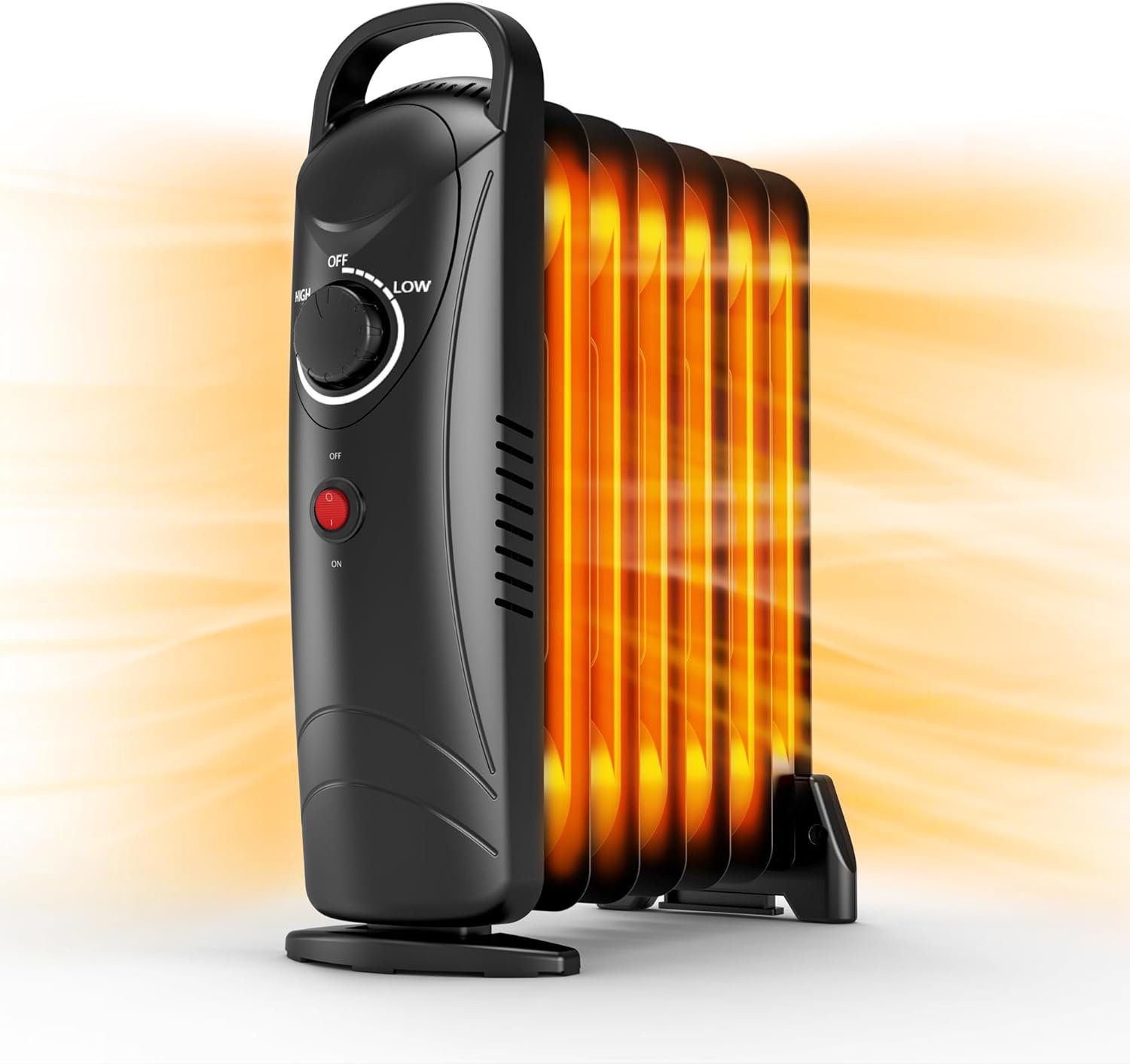Electric Oil Filled Heater With Thermostat
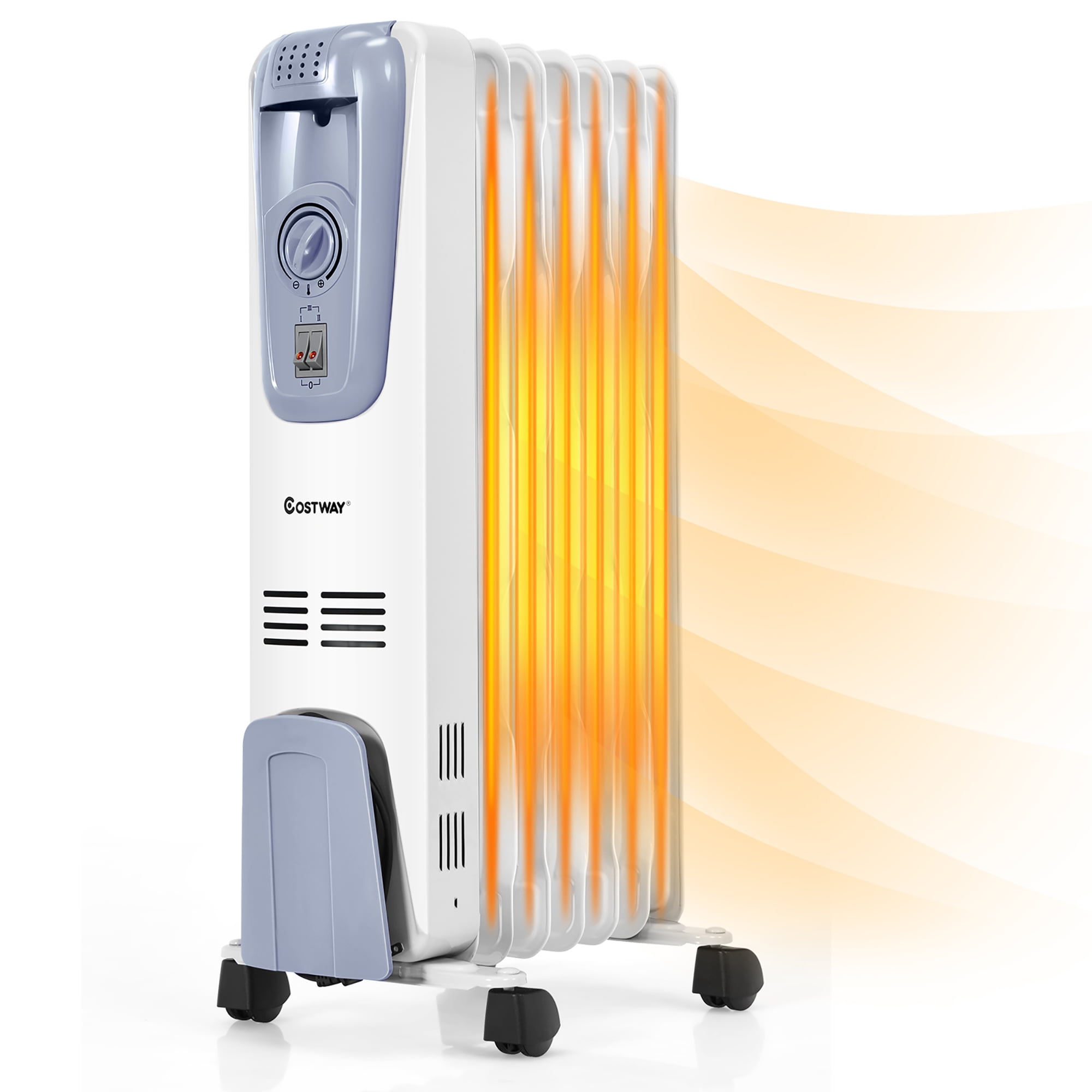
As winter's icy grip tightens across the nation, many are seeking affordable and efficient ways to combat the cold. Among the popular choices, the electric oil-filled radiator, often equipped with a thermostat, has emerged as a go-to solution for supplemental heating.
But is this seemingly simple appliance a safe and cost-effective solution, or a potential fire hazard and energy drain? This article delves into the world of electric oil-filled heaters with thermostats, exploring their functionality, safety features, energy consumption, and expert opinions, to help you make an informed decision this winter.
Understanding the Mechanics
Electric oil-filled radiators, unlike traditional space heaters that use exposed heating elements, rely on a closed system. Inside the sealed metal casing is a reservoir of oil that acts as a heat-transfer medium. An electric resistance heater warms the oil, which in turn radiates heat into the surrounding environment.
The thermostat plays a crucial role in maintaining a consistent temperature. Once the desired temperature is reached, the thermostat shuts off the heater, preventing it from continuously drawing power and potentially overheating.
The Role of the Thermostat
The thermostat is more than just a convenience; it’s a critical component for both energy efficiency and safety. Without a thermostat, the heater would run continuously, potentially leading to excessive energy consumption and a greater risk of overheating. Some models boast programmable thermostats, allowing users to set specific heating schedules for different times of the day or week.
Safety Considerations: Addressing the Concerns
Despite their popularity, electric oil-filled heaters are not without their critics. Concerns about fire hazards and potential oil leaks often surface. The National Fire Protection Association (NFPA) emphasizes that any heating appliance can pose a fire risk if not used properly.
Overloading electrical circuits is a major concern. Always plug the heater directly into a wall outlet and avoid using extension cords, especially lightweight ones, as they can overheat and cause a fire. Keeping flammable materials away from the heater is also crucial.
Modern oil-filled heaters incorporate multiple safety features, including tip-over switches and overheat protection. The tip-over switch automatically shuts off the heater if it's accidentally knocked over, while overheat protection prevents the unit from reaching dangerously high temperatures.
"Always supervise space heaters and keep them at least three feet away from anything that can burn," advises Lorraine Carli, vice president of outreach and advocacy at the NFPA.
Debunking the Oil Leak Myth
While the idea of an oil-filled heater leaking oil might sound alarming, it’s a relatively rare occurrence in modern, well-maintained units. The oil used is a specialized type designed for high temperatures and is not flammable. Any leaks are typically due to manufacturing defects or physical damage to the heater.
Energy Efficiency: Balancing Warmth and Cost
The energy efficiency of electric oil-filled heaters is a complex issue. While they don't produce heat faster than other types of space heaters, they excel at maintaining a consistent temperature. Once the oil is heated, it retains heat for a significant period, even after the heater shuts off, providing a more even and sustained warmth.
The cost-effectiveness depends heavily on usage patterns and electricity rates. Running a heater continuously, even with a thermostat, can significantly increase energy bills. Using the heater to supplement central heating, rather than as the primary heat source for an entire home, is generally considered the most energy-efficient approach.
Comparing to Other Heating Options
Compared to other space heaters, such as ceramic heaters or radiant heaters, oil-filled radiators tend to be quieter and distribute heat more evenly. However, they are also typically larger and take longer to heat up initially. The U.S. Department of Energy provides resources to compare the efficiency of different heating technologies.
Expert Perspectives and Recommendations
Consumer Reports recommends looking for models with adjustable thermostats, multiple heat settings, and safety features such as tip-over switches and overheat protection. "The ability to control the temperature and set a timer is crucial for both comfort and energy savings," they state in a recent product review.
HVAC professionals often advise using oil-filled heaters to supplement central heating in specific areas, such as bedrooms or home offices, rather than relying on them as the sole source of heat. This approach can help reduce overall energy consumption and prevent the central heating system from working overtime.
The Future of Electric Heating
The future of electric heating is likely to see continued advancements in energy efficiency and safety features. Smart thermostats that integrate with home automation systems are becoming increasingly common, allowing for precise temperature control and remote monitoring.
Developments in materials science may lead to more efficient heat transfer and lighter, more compact designs. As electricity grids become increasingly powered by renewable energy sources, the environmental impact of electric heating will also decrease.
Ultimately, the electric oil-filled heater with a thermostat remains a viable option for supplemental heating, especially when used responsibly and with careful consideration of safety and energy consumption. By understanding the mechanics, addressing the concerns, and heeding expert advice, consumers can make an informed decision and stay warm this winter without breaking the bank or compromising safety.

